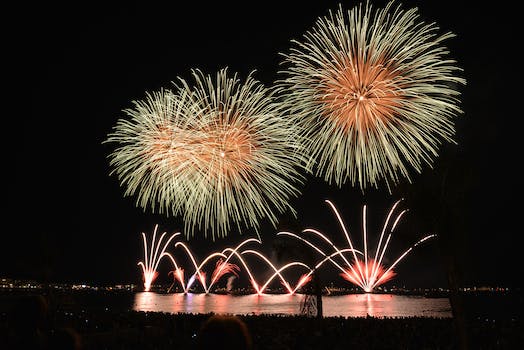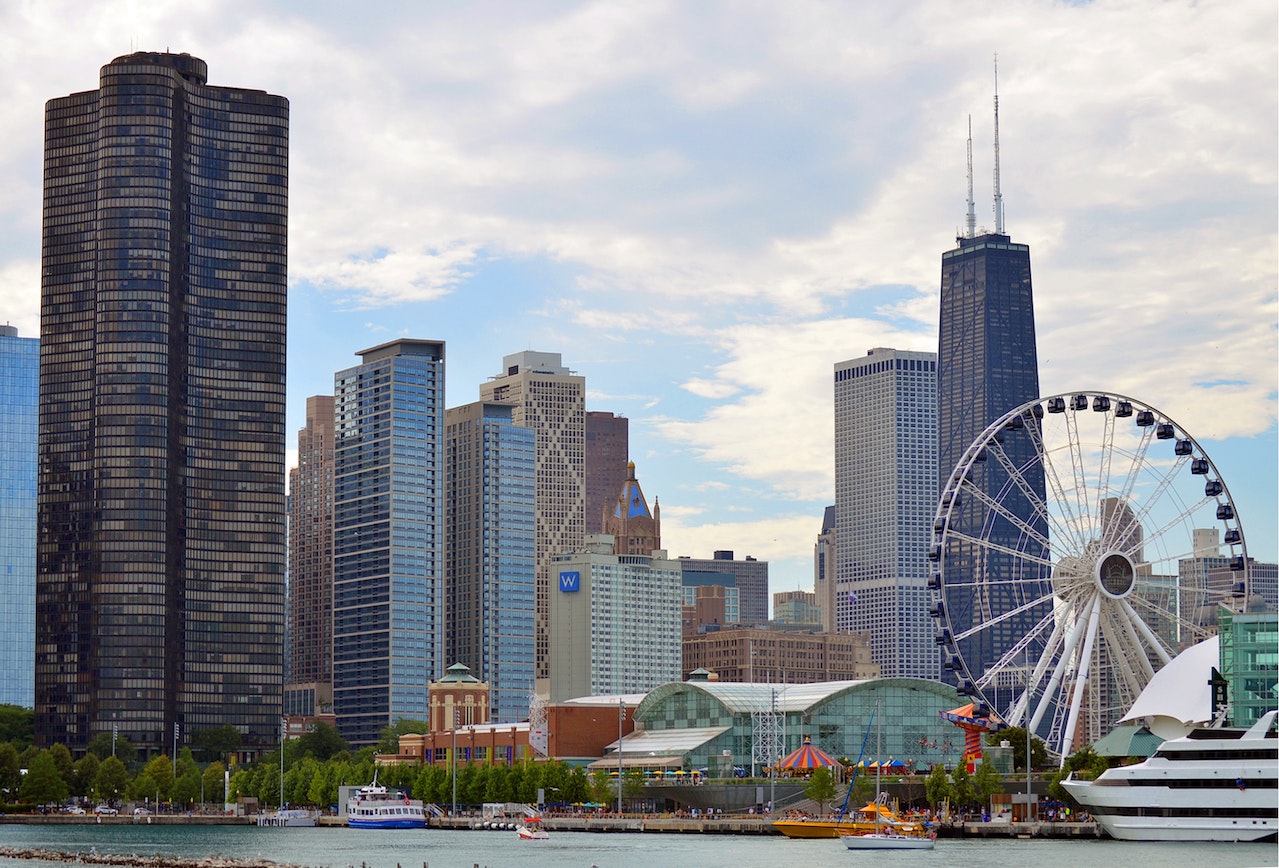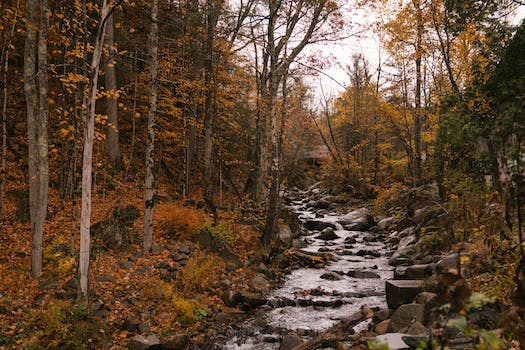Gun Violence in Chicago in July 2016
In July 2016, Chicago experienced a surge in gun violence that left many residents and officials concerned. The city saw a total of 65 homicides and 359 shooting incidents, making it one of the deadliest months in recent history. The violence was concentrated in certain neighborhoods, particularly on the city’s South and West sides.
The reasons for the spike in violence are complex and multifaceted. Some experts point to the city’s long-standing issues with poverty, unemployment, and segregation as contributing factors. Others suggest that the availability of illegal guns and the prevalence of gang activity in certain areas are also to blame.
Regardless of the underlying causes, the impact of the violence was devastating. Many of the victims were young people, including children and teenagers. Families were torn apart, and entire communities were left reeling from the trauma.
In response to the violence, city officials and community leaders took a number of steps to try to address the problem. Mayor Rahm Emanuel announced a new initiative called “Summer of Faith and Action,” which aimed to bring together faith leaders, community organizations, and law enforcement to work towards reducing violence. The city also increased police presence in certain neighborhoods and launched a new program to provide job training and employment opportunities for at-risk youth.
Despite these efforts, the violence continued throughout the summer and into the fall. Many residents expressed frustration and anger at what they saw as a lack of progress in addressing the root causes of the problem.
In the years since July 2016, Chicago has continued to grapple with gun violence. While the city has seen some success in reducing the number of homicides and shootings, the issue remains a persistent and pressing concern for many residents.
Some advocates have called for more comprehensive solutions, such as investing in education, job training, and mental health services in underserved communities. Others have pushed for stricter gun control laws and increased regulation of the firearms industry.
Whatever the solution may be, it is clear that the issue of gun violence in Chicago is a complex and deeply entrenched problem that will require sustained effort and collaboration to address. As the city continues to grapple with this issue, it is important to remember the lives that have been lost and the families that have been impacted by this ongoing crisis.
Protests and Demonstrations in Chicago in July 2016
In July 2016, Chicago was the site of several protests and demonstrations that drew national attention. The protests were sparked by the fatal police shooting of Alton Sterling in Baton Rouge, Louisiana, and Philando Castile in Falcon Heights, Minnesota. These incidents, along with other instances of police brutality against black Americans, led to a wave of protests across the country, including in Chicago.
On July 7, 2016, a peaceful protest was held in downtown Chicago in response to the shootings of Sterling and Castile. The protest began at Daley Plaza and then moved to Michigan Avenue, where protesters blocked traffic. The demonstration remained peaceful until a group of protesters attempted to march onto the Dan Ryan Expressway. Police officers in riot gear blocked the protesters, and tensions escalated. Several protesters were arrested, and the demonstration ended with clashes between police and protesters.
The following day, another protest was held in Chicago, this time in response to the police shootings of Sterling and Castile, as well as the recent police shooting of Paul O’Neal in Chicago. The protest began at Millennium Park and then moved to Lake Shore Drive, where protesters blocked traffic. The demonstration remained peaceful, and no arrests were made.
On July 11, 2016, a group of protesters gathered outside the Chicago Police Department headquarters to demand justice for victims of police brutality. The protest was organized by the Black Youth Project 100 and other community organizations. The demonstrators called for the resignation of Chicago Police Superintendent Eddie Johnson and for the city to defund the police department. The protest remained peaceful, and no arrests were made.
On July 16, 2016, a protest was held in Chicago in response to the fatal police shooting of five police officers in Dallas, Texas. The protest began at Millennium Park and then moved to Michigan Avenue, where protesters blocked traffic. The demonstration remained peaceful, and no arrests were made.
The protests in Chicago in July 2016 were part of a larger movement against police brutality and systemic racism in the United States. The protests were also a response to the lack of accountability for police officers who use excessive force against black Americans. The protests in Chicago and across the country brought attention to the issue of police brutality and sparked a national conversation about race and policing.
The protests in Chicago also highlighted the need for police reform and accountability. The Chicago Police Department has a long history of corruption and abuse, and the department has been under federal investigation since 2015. The investigation found that the department had a pattern of using excessive force, particularly against black and Latino residents. The protests in Chicago and the federal investigation led to the implementation of reforms, including the use of body cameras and changes to the department’s use of force policy.
In conclusion, the protests and demonstrations in Chicago in July 2016 were a response to the fatal police shootings of Alton Sterling and Philando Castile, as well as the lack of accountability for police officers who use excessive force against black Americans. The protests brought attention to the issue of police brutality and sparked a national conversation about race and policing. The protests also highlighted the need for police reform and accountability, and led to the implementation of reforms in the Chicago Police Department. The protests in Chicago and across the country were a powerful reminder of the importance of speaking out against injustice and fighting for change.
Chicago Cubs’ Winning Streak in July 2016
In July 2016, the city of Chicago was buzzing with excitement as the Chicago Cubs went on an impressive winning streak. The Cubs, who had not won a World Series since 1908, were on a mission to break the curse and bring home a championship title.
The Cubs’ winning streak began on July 2nd, when they defeated the New York Mets 10-2. From there, they went on to win 11 consecutive games, including a sweep of the Cincinnati Reds and a four-game series against the Pittsburgh Pirates.
The team’s success was due in large part to their strong pitching and solid defense. Pitchers like Jake Arrieta and Jon Lester were dominant on the mound, while players like Kris Bryant and Anthony Rizzo made key defensive plays to keep the opposing teams at bay.
But it wasn’t just the Cubs’ pitching and defense that was impressive during their winning streak. The team’s offense was also firing on all cylinders, with players like Bryant, Rizzo, and Ben Zobrist hitting home runs and driving in runs.
The Cubs’ winning streak came to an end on July 17th, when they lost to the Texas Rangers 4-1. But even with the loss, the team’s confidence remained high, and they continued to play at a high level throughout the rest of the season.
The Cubs’ winning streak in July 2016 was a sign of things to come for the team. They went on to win the National League Central division title and make it to the World Series for the first time since 1945.
In the World Series, the Cubs faced off against the Cleveland Indians in what would become one of the most memorable championship series in baseball history. The Cubs ultimately came out on top, winning the series in seven games and ending their 108-year championship drought.
The Cubs’ success in 2016 was a testament to the team’s talent and determination. They had a strong core of players who were committed to winning, and they were led by a skilled manager in Joe Maddon.
But the Cubs’ success was also a source of pride for the city of Chicago. The team had a loyal fan base that had been waiting for a championship for over a century, and their victory brought joy and excitement to the entire city.
In the years since their championship win, the Cubs have continued to be a competitive team in the National League. They have made the playoffs in four of the last five seasons, and they remain a favorite among baseball fans across the country.
The Cubs’ winning streak in July 2016 was a pivotal moment in the team’s history. It was a sign of the team’s potential and a preview of the success that was to come. And for the city of Chicago, it was a moment of pure joy and celebration that will be remembered for years to come.
Chicago’s Hot Summer Weather in July 2016
In July 2016, Chicago experienced one of its hottest summers on record. The city was hit with a heat wave that lasted for several days, with temperatures soaring above 90 degrees Fahrenheit. The high humidity made it feel even hotter, and many residents struggled to stay cool.
The hot weather had a significant impact on the city. The demand for electricity skyrocketed as people turned up their air conditioning units to stay cool. This led to power outages in some areas, leaving residents without air conditioning or fans to help them cope with the heat.
The heat wave also had a significant impact on public health. The city’s emergency rooms were flooded with patients suffering from heat-related illnesses, such as heat exhaustion and heat stroke. The elderly and those with pre-existing medical conditions were particularly vulnerable to the effects of the heat.
To help residents cope with the heat, the city opened cooling centers throughout the city. These centers provided air conditioning, water, and other amenities to help people stay cool. The city also issued a heat advisory, urging residents to stay indoors during the hottest parts of the day and to drink plenty of water.
Despite the challenges posed by the heat wave, Chicagoans found ways to enjoy the summer weather. The city’s beaches were packed with people looking to cool off in Lake Michigan. The city’s parks were also popular destinations, with people picnicking, playing sports, and enjoying outdoor concerts and festivals.
The hot weather also had an impact on the city’s infrastructure. The heat caused the city’s roads and sidewalks to buckle and crack, leading to traffic disruptions and safety concerns. The city’s public transportation system also experienced delays and disruptions due to the heat.
In addition to the heat wave, July 2016 was also a month of significant political activity in Chicago. The city hosted the Democratic National Convention, which saw Hillary Clinton officially nominated as the Democratic candidate for president. The convention was held at the Wells Fargo Center in Philadelphia, but Chicago played a significant role in the proceedings.
Chicago Mayor Rahm Emanuel was a prominent figure at the convention, delivering a speech in which he praised Clinton’s leadership and criticized her opponent, Donald Trump. Emanuel also hosted a number of events in Chicago during the convention, including a fundraiser for the Democratic Party.
The convention was not without controversy, however. Protests erupted outside the convention center, with demonstrators expressing their opposition to Clinton and the Democratic Party. The protests were largely peaceful, but there were some clashes between protesters and police.
Overall, July 2016 was a month of highs and lows for Chicago. The city experienced some of its hottest weather on record, leading to significant challenges for residents and the city’s infrastructure. However, the city also played a significant role in the Democratic National Convention, showcasing its political importance and influence. Despite the challenges posed by the heat wave and political unrest, Chicagoans found ways to enjoy the summer weather and come together as a community.
Chicago’s Cultural Events in July 2016
In July 2016, Chicago was bustling with cultural events that attracted locals and tourists alike. From music festivals to art exhibitions, the city had something for everyone.
One of the most anticipated events was the Pitchfork Music Festival, which took place from July 15th to 17th in Union Park. The festival featured a diverse lineup of artists, including LCD Soundsystem, FKA Twigs, and Brian Wilson. Attendees enjoyed the music while also indulging in the various food and drink options available.
Another notable event was the Chicago Open Air Festival, which took place from July 15th to 17th at Toyota Park. The festival featured heavy metal and hard rock bands such as Slipknot, Disturbed, and Korn. Fans of the genre were thrilled to see their favorite bands perform live.
For those interested in the arts, the Art Institute of Chicago had several exhibitions on display in July 2016. One of the most popular exhibitions was “Van Gogh’s Bedrooms,” which showcased three of the artist’s paintings of his own bedroom. The exhibition also included other works by Van Gogh and his contemporaries.
The Museum of Contemporary Art also had several exhibitions on display, including “Kerry James Marshall: Mastry.” The exhibition featured over 70 works by the artist, who is known for his depictions of African American life and history.
In addition to these events, the city also had several street festivals throughout the month. The Taste of Chicago, which took place from July 6th to 10th in Grant Park, featured food from over 60 vendors and live music performances. The festival attracted over 1.4 million visitors, making it one of the largest food festivals in the country.
The Chicago SummerDance Festival also took place throughout the month, featuring free dance lessons and live music in Grant Park. The festival offered a variety of dance styles, including salsa, swing, and tango.
Overall, July 2016 was a busy month for cultural events in Chicago. The city offered a diverse range of activities for people of all ages and interests. Whether it was attending a music festival, visiting an art exhibition, or indulging in delicious food, there was something for everyone to enjoy.
As the summer months continue, Chicago will undoubtedly continue to offer a plethora of cultural events for locals and tourists alike. From street festivals to museum exhibitions, the city’s vibrant cultural scene is sure to keep people entertained and engaged.
Conclusion
In July 2016, Chicago experienced a surge in violent crime, with over 100 people shot in a single week. The city’s police department and community leaders worked to address the issue, implementing new strategies and increasing patrols in high-crime areas. Despite these efforts, the city continued to struggle with gun violence throughout the year.
0



